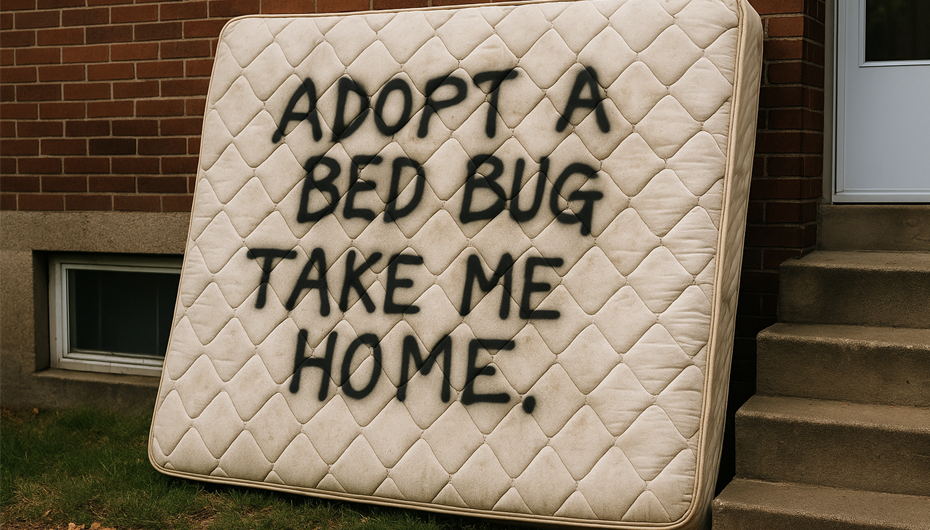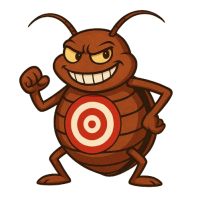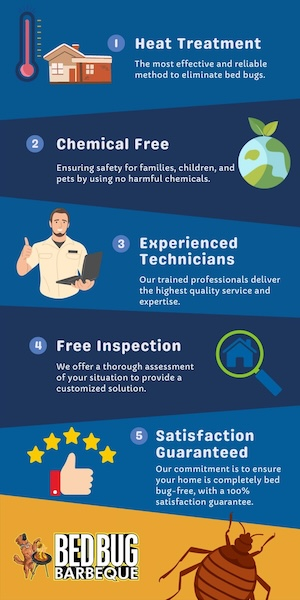Before you grab one or drag yours to the curb, here’s what experts say about saving, sealing, or safely replacing an infested mattress.
Your mattress is ground zero in the battle against bed bugs. Often overlooked until it’s too late, the bed serves as both a hiding place and feeding ground for these pests. In fact, choosing the wrong mattress, accepting discarded furniture, or failing to inspect can turn your bedroom into a bed bug buffet. Use this guide to learn why never picking up mattresses from the street is critical, how to thoroughly inspect a mattress, and how encasements and other strategies can help keep these pests away.
1. Don’t Rescue That Curbside Mattress
It may seem tempting to score a “free” mattress, but that’s a classic bed bug trap. These pests can survive for months without a blood meal, and a discarded mattress is often already infested. Pickup furniture from the trash or curb is a known way infestations spread. If you must take used furniture or mattresses, inspect them carefully (but doing so already puts you at risk). In many cases, it’s safer to start fresh than deal with a hidden infestation.
2. How to Inspect a Mattress for Bed Bugs
When you suspect a mattress may harbor bed bugs, a systematic inspection is your best defense:
-
Pull back all sheets and use a flashlight.
-
Inspect seams, stitching lines, and tags. These are favorite hiding spots.
-
Look for signs:
• Rusty or reddish stains (crushed bugs)
• Dark specks (fecal droppings)
• Shed skins / exoskeletons
• Tiny white eggs or egg casings
Bed bugs and their eggs can hide in very small cracks and crevices. -
Check box spring, bed frame, headboard, and surrounding furniture. Bed bugs rarely confine themselves to the mattress alone.
If you find evidence, don’t panic—but treat it seriously as a red flag that could signal a broader infestation.
3. Encase to Isolate & Starve
Encasements (zippered mattress covers) are one of the most effective tools recommended by health authorities. Because bed bugs inside an encasement can’t bite through and can’t escape, they eventually die.
-
Use quality encasements with tight zippers and durable seams.
-
Cover both mattress and box spring.
-
Leave the protective cover on for at least one year, since bed bugs can survive long periods without feeding.
Some sources note that encasing is often more effective—and cost-efficient—than throwing out furniture.
Encasements do not kill bugs by themselves, but they isolate them and prevent new infestations in that item.
4. Backup Strategies & Best Practices
While encasements are cornerstone, they work best as part of an integrated approach. Here’s what else to do:
-
Vacuum regularly (bed frames, floor edges, mattress seams). But be cautious—eggs often stick and may survive vacuuming. Dispose of vacuum contents in sealed bags.
-
Steam or heat treatment can kill bed bugs and eggs when done correctly (steam ≥113°F in contact zones).
-
Launder bedding and nearby fabrics in hot water and high heat drying.
-
Seal cracks and crevices in walls, baseboards, and bed frame joints to reduce hiding spots.
-
Avoid foggers or bombs—these often fail to reach hiding pests and can worsen the problem.
-
Call a professional once an infestation is confirmed. Many resources stress that mattress replacement or DIY alone is rarely enough. You can find a list of verified companies in the Bed Bug Help Services Directory.
5. When (or When Not) to Throw Out a Mattress
Discarding a mattress is costly - and often unnecessary. Here’s when it might be considered and when it isn’t wise:
Consider disposal if:
-
The damage is extreme and the mattress is old.
-
The infestation is limited to that mattress and you have no other choice for re-treatment.
But do not dispose of lightly infested mattresses prematurely, because bed bugs are likely elsewhere in the room or building. Unthoughtful disposal can also spread the pests. Many experts recommend encasements first, and treating surrounding areas before tossing anything.
If you do discard, mark it clearly “INFESTED” so that buyers or trash haulers don’t take it unknowingly.
Conclusion & Key Takeaways
Your mattress doesn’t deserve the blame—it’s just doing what beds do. But how you manage it can determine whether your home remains bug-free or becomes a battleground. To protect yourself:
-
Never pick up curbside furniture without rigorous inspection.
-
Learn the signs and inspect regularly.
-
Use high-quality encasements to isolate bugs.
-
Support with vacuuming, sealing, laundering, and professional treatment.
-
Think twice before discarding: properly handled, most mattresses can survive - and help you win the fight.
When it comes to bed bugs, the mattress is your frontline. Handle it smartly, treat it respectfully, and it’ll be one of your strongest allies in keeping your sleep bug-free. Once you do, you'll be resting peacefully again on your mattress.
Register for FREE to comment or continue reading this article. Already registered? Login here.
5 0



